Cooking requires you to know a lot more than just how to follow your favorite recipes. Being a cook also requires a person to be aware of what vessels can safely be used inside what appliances. If you want to use Pyrex, you'll want to know what precautions you should take when applying heat to it. We've done thorough research on this popular glassware and can give you a definitive answer on whether or not you can use Pyrex in your oven.
If certain precautions are taken, Pyrex is safe to use in an oven. Before applying any heat to this type of glassware, you'll want to make certain that you know the type of glass your dish is, and then be wary of bringing it to temperature too quickly. Ensure the glass isn't damaged in any way before using any type of cookware.
Now that we know that Pyrex can be a safe dish to use in your oven, we'll examine some safety precautions you should take in more detail when cooking with this glassware. You might also be curious how to identify Pyrex glass or if it's safe to use vintage Pyrex. To see what we've uncovered, read ahead in this post.
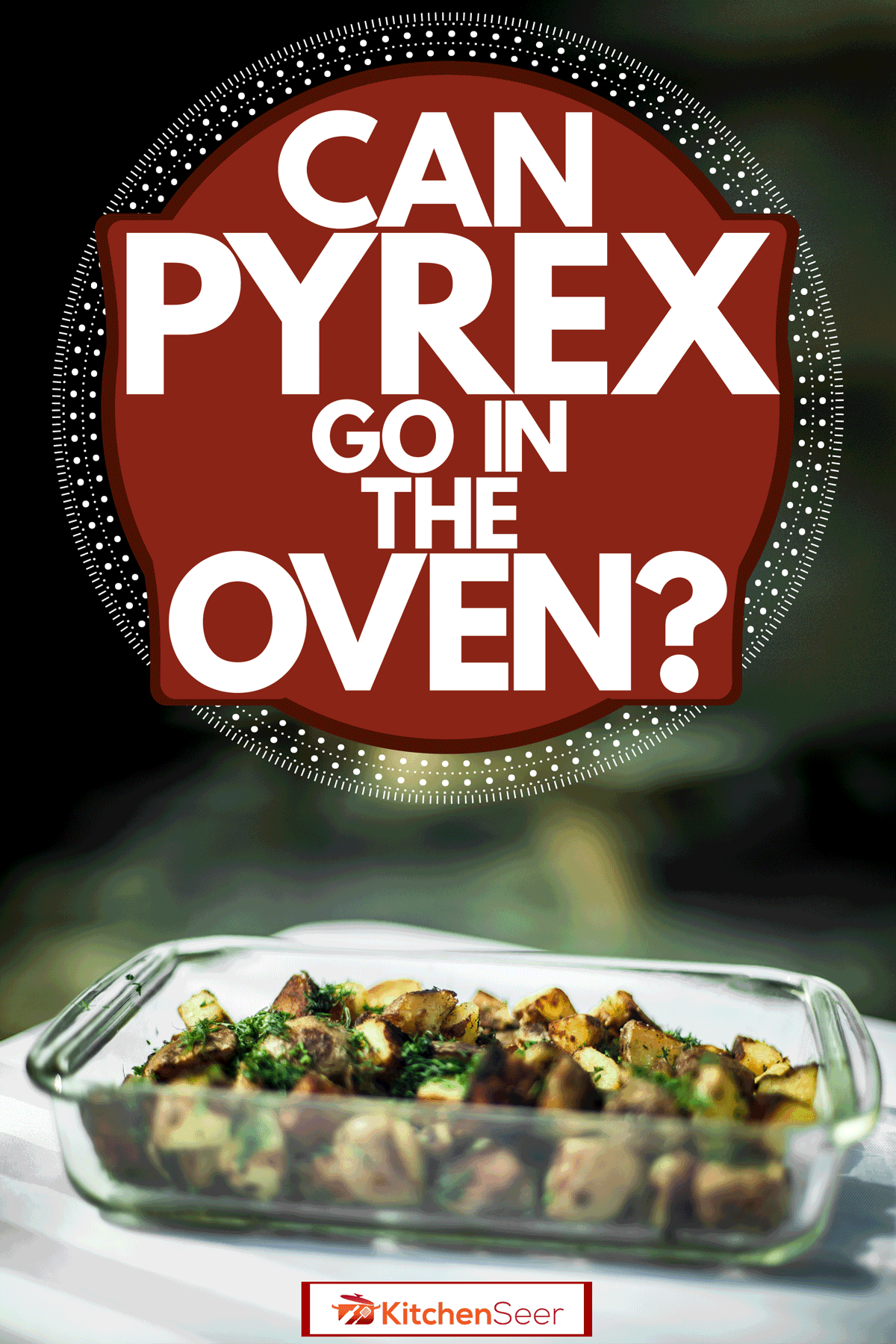
Taking care when using Pyrex
There would be nothing worse for your dinner than for you to hear the shattering of glass coming from your oven. Imagine spending hours prepping a big meal, only to have a glass dish explode inside the oven walls, showering your meal with thousands of shards of broken glass! It can certainly happen when you bake with glassware. But if you follow certain guidelines and are a little cautious, you can avoid this travesty.
Bring to room temperature
Pyrex needs to be at room temperature when you place it inside a heated oven. So, if you prepped a dish the day before and kept it in the fridge overnight, don't just pop it in the oven. Let it sit on the counter while you are preheating your range. Moving the glassware from your cold refrigerator directly into the intense heat of your oven can cause the glass to expand rapidly and explode all over dinner. What a mess!
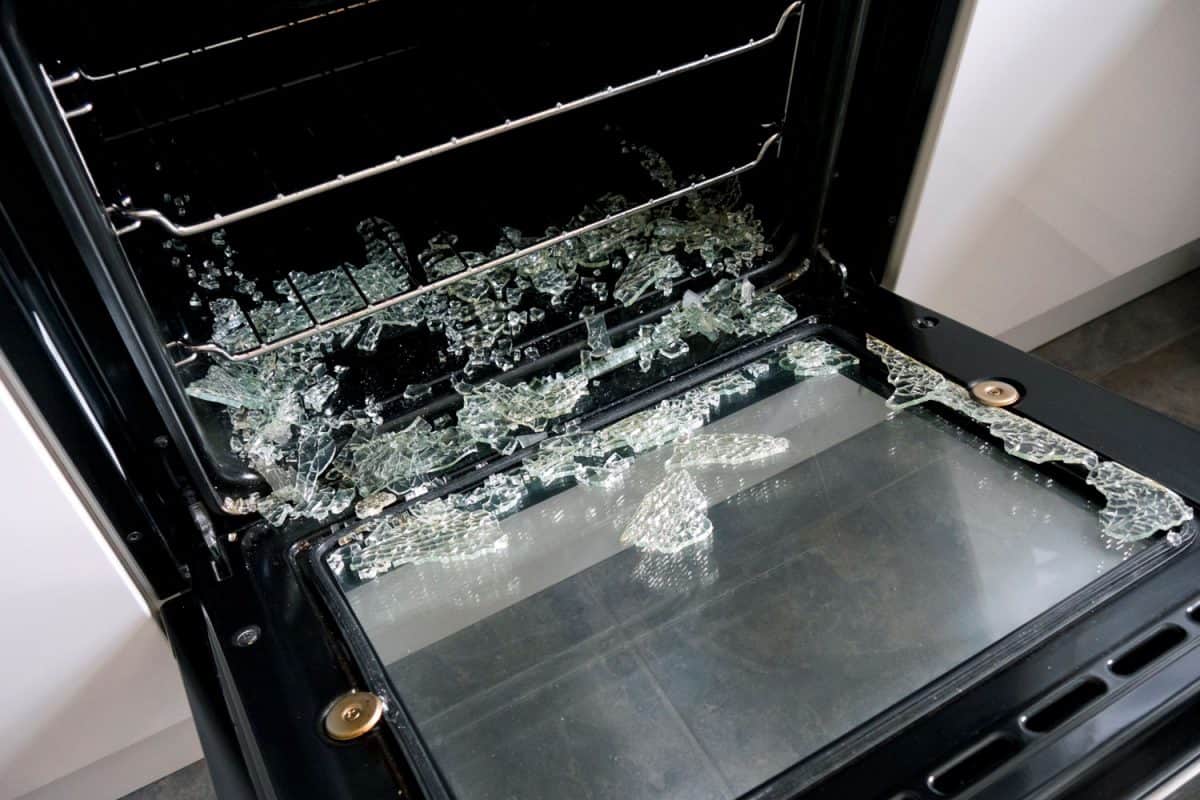
Check for cracks
Before you use your Pyrex, give it a careful inspection. You should be looking for any cracking, chipping, or damage to the dish. Any moisture from your meal will seep into the cracks and will expand and shatter when it's heated up. If your dish is free of cracks and chips, you're good to go.
Be aware of oven temperature
Pyrex is meant to be able to withstand higher temperatures. But everything has its limitations. Pyrex can be used safely inside an oven that is less than 450 degrees F. Whether or not it's inside a conventional oven or a convection oven, this glassware will be safe to use so long as that temperature isn't exceeded.
Keep it off of the stovetop!
If your Pyrex is in an oven or a microwave, the heat is dispersed evenly on the surface of the glass. But what will happen if a direct flame is placed upon it? Can I use this glassware on the top of a gas range? Absolutely not! Direct heat will cause the Pyrex glass to expand and shatter. So it's best to keep your glassware off of your gas or electric burners.
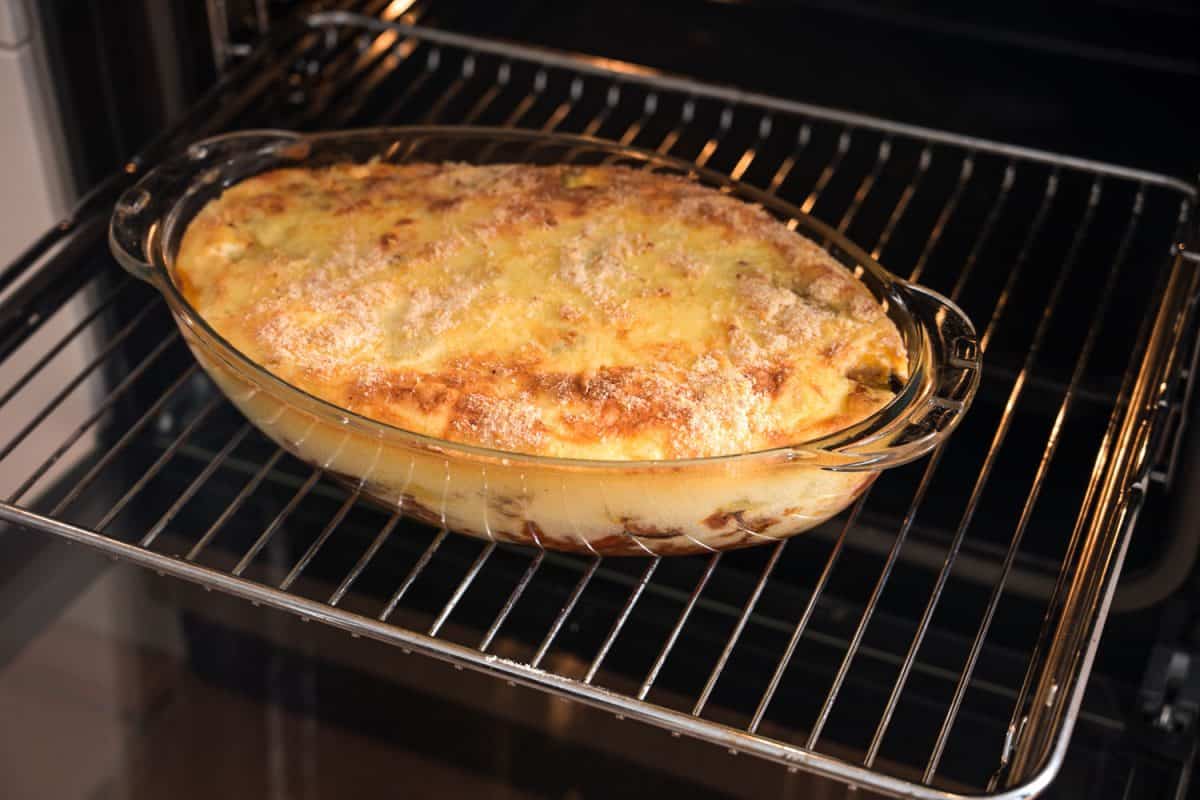
What type of glass is pyrex?
The type of glass your Pyrex dish is made from will depend on when the glassware was manufactured. Before 1998, Pyrex was made from borosilicate glass. This material is considered to be thermal shockproof. This means that the material can withstand sudden changes from cold to heat and vice versa. Of course, you'll still need to follow the safety tips we listed earlier in the post when using Pyrex in your oven.
Since 1998, Pyrex has been made from a different material. The manufacturer has been making Pyrex with soda-lime glass, which means nothing is extraordinary about it.
See this Pyrex baking set on Amazon.
Because soda-lime glass isn't thermal shockproof, extra precautions need to be taken. Being especially sure that you aren't immediately placing boiling food into a cold dish is really important here. You also don't want to throw a hot dish right into the freezer. Let temperature changes be gradual if you've got newer Pyrex.
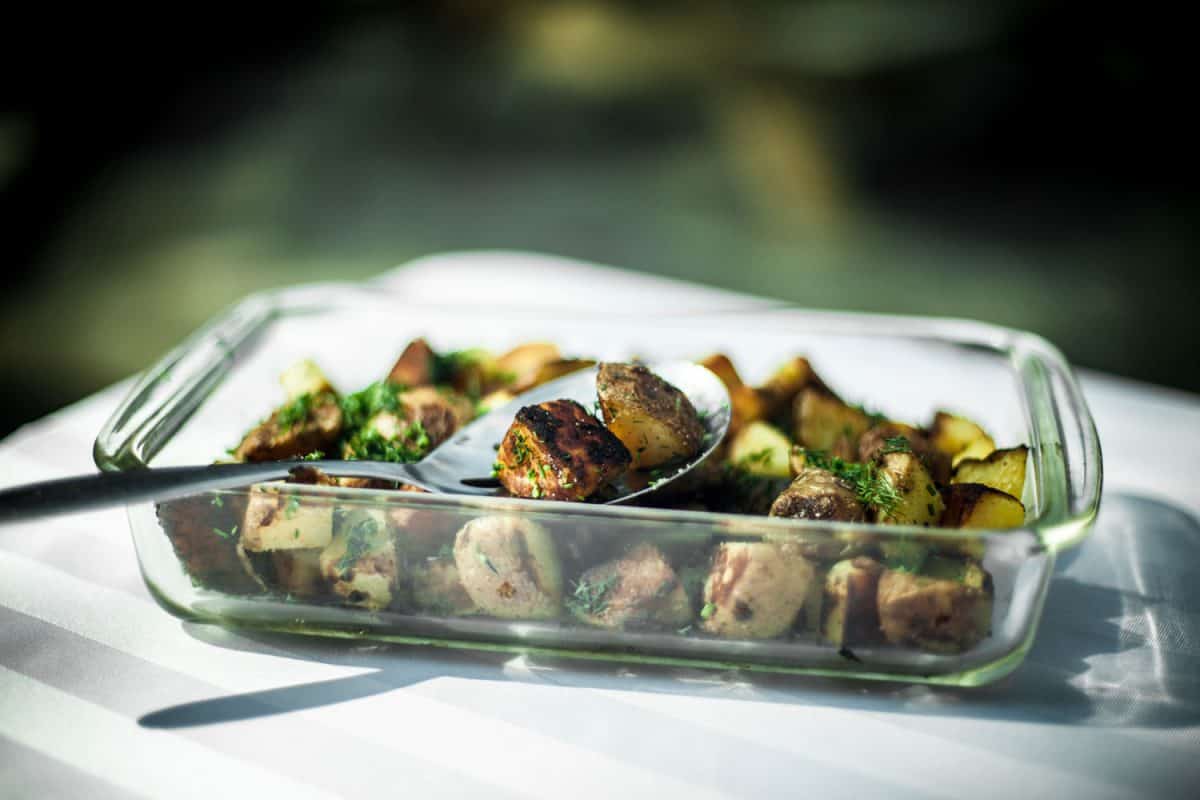
How to identify pyrex glass?
Is that vintage dish you've got your eye on at an estate sale is Pyrex? It looks like it, but how can you be sure?
When Corning introduced Pyrex in 1915, they began using what is known as a back stamp to identify their products. A back stamp is a logo on the underside of a piece of dishware. In the case of Pyrex, the back stamp is often raised instead of stamped with ink. This makes the back stamp impervious to years of washing.
Dating your vintage Pyrex can be a little trickier, but it can be done. Pyrex experts have identified what range of years a Pyrex back stamp will take on a certain appearance. The logo might look a little different from year to year. Sometimes, Pyrex would use a certain color combination around their back stamp to signify years of production.
If you would like to get more information on properly identifying your vintage Pyrex, this collectors' website offers a lot of helpful information.
Can pyrex lids go in the oven?
Earlier in this post, we determined that Pyrex dishes were safe to go into the oven so long as certain precautions were taken. But what about the lids? Are they durable enough to withstand the heat of your oven? Fortunately, your Pyrex lids are made of the same stuff the dishes are. And they are just as heat resistant. Of course, you'll need to follow the same safety guidelines with the lids as you would the glass dish itself.
See this Pyrex casserole dish with lid on Amazon.
Can pyrex mixing bowls go in the oven?
As you can tell by their appearances, there is a difference in how a Pyrex dish and a Pyrex mixing bowl are made. We know the dishware is oven-safe. But what about the mixing bowls?
Check the bottom of the Pyrex mixing bowl. If the one you have is oven-safe, it will say so near the back stamp. Usually, it will indicate what temperature it is safe to expose it to. You'll also want to follow the same safety recommendations for the mixing bowls you would with the bakeware.
See this Pyrex oven-safe mixing bowl on Amazon.
Generally, the mixing bowls cannot withstand the same heat as the glassware. So if your mixing bowl doesn't say that it's oven-safe, you'll want to consult with the manufacturer directly before placing it inside your heated appliance. Or just use another bowl altogether.
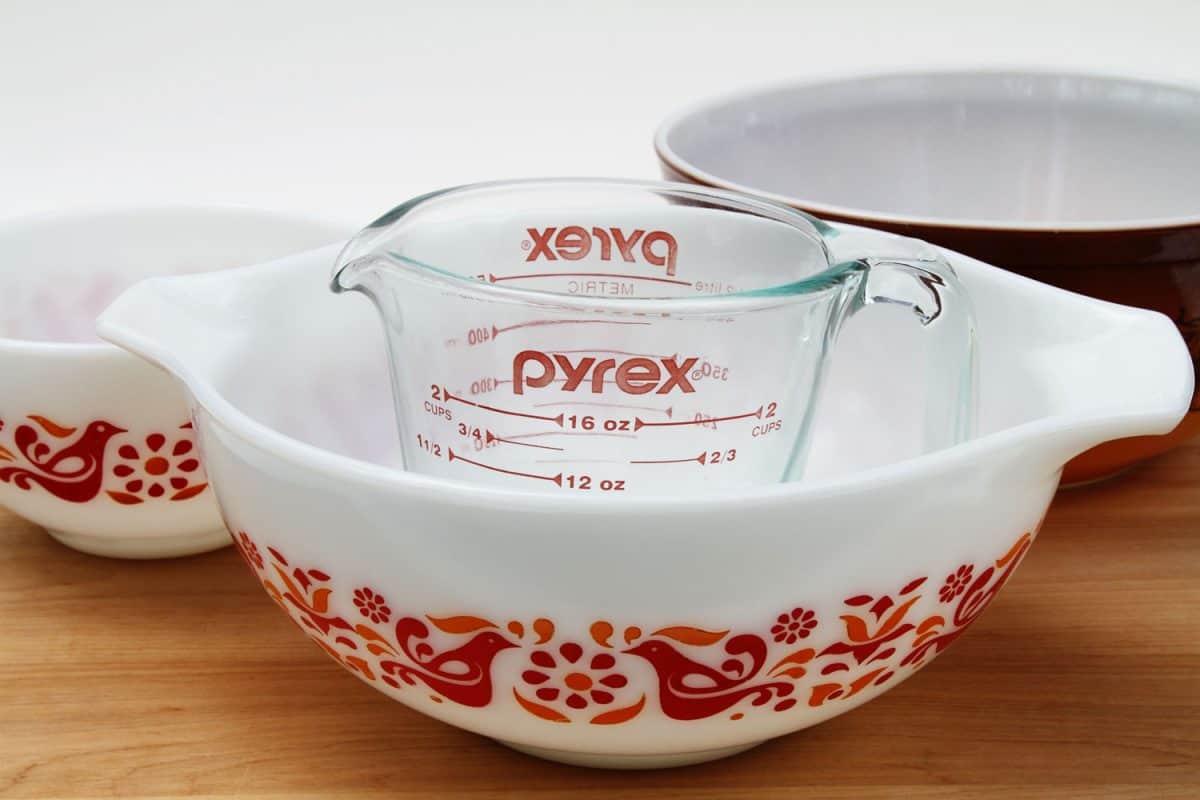
Is it safe to use vintage pyrex?
You've just scored the deal of a lifetime at an estate sale, and now you've got more Pyrex than you know what to do with! Now that you're ready to use it, you're probably wondering if it's safe to do so. Vintage Pyrex is made from borosilicate glass. As we stated earlier in this post, this type of glass is thermal shockproof. It's made from some pretty tough stuff and is better used in the ovens than the Pyrex on today's market.
Just be certain that your vintage Pyrex is free of cracks or chips before you use them. If they are in great physical condition, you'll be able to place them inside your heated oven safely.
In closing
Pyrex has been popular glassware in kitchens for over a century. These dishes' durable construction makes for great use in ovens, whether conventional, convection, or microwave. So long as you follow certain safety guidelines, you should be able to safely use Pyrex when cooking or baking without fear of ruining your meal.
If you found this post on Pyrex to be helpful, we believe you'll enjoy reading the following posts on kitchen appliances and accessories:
Can You Put a Casserole Dish in the Oven or Microwave?
How To Clean Bosch Dishwasher [5 Steps]
How Much Space Between Stove And Cabinet?




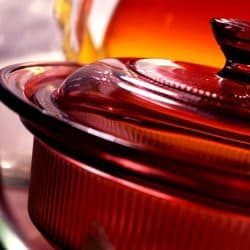


![Woman closing microwave door, Are Glass Containers Oven Safe? [Here's How To Tell]](https://kitchenseer.com/wp-content/uploads/2021/10/Woman-closing-microwave-door-250x250.jpg)
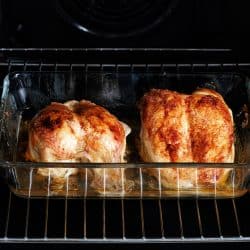
![Collage of a pyrex bowl and modern high-tech black gas stove, Can Pyrex Be Used on the Stovetop? [Not a simple question!]](https://kitchenseer.com/wp-content/uploads/2020/08/Collage-of-a-pyrex-bowl-and-modern-high-tech-black-gas-stove-250x250.jpg)